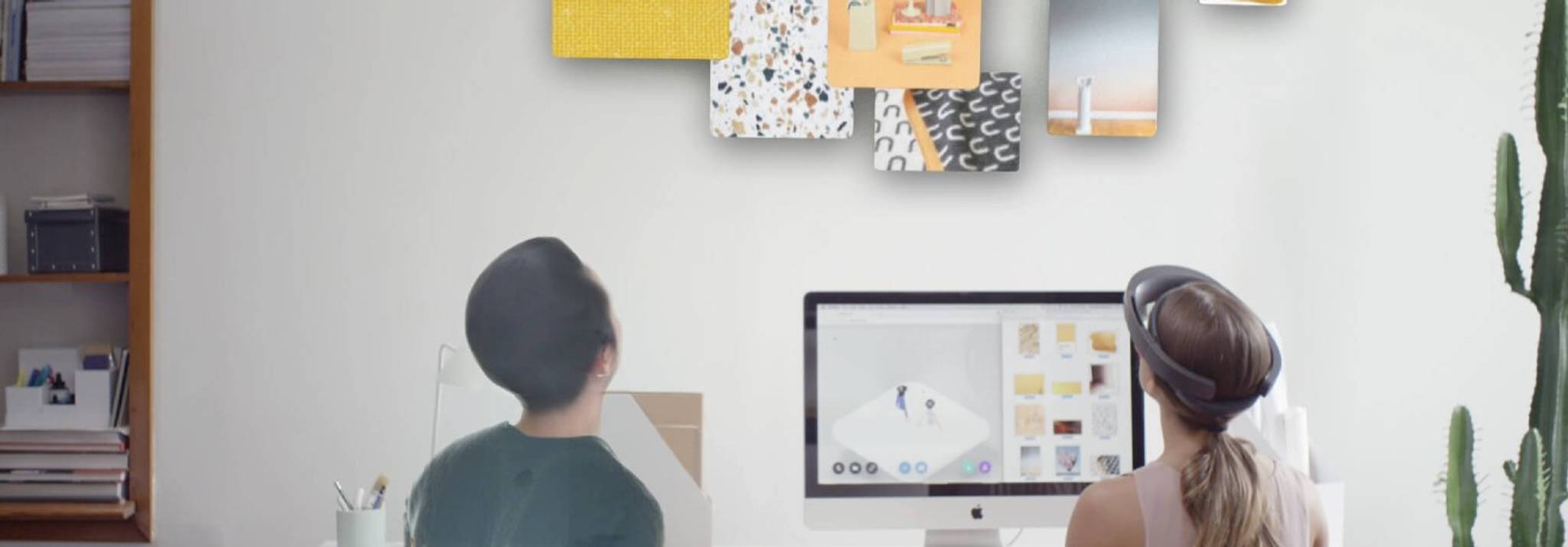
Online meetings have become a daily pandemic reality for many, but these digital interactions often come up short compared to IRL. Virtual collaboration tool Spatial is freeing up its platform to attract users looking for more personalised and dynamic forms of interaction than Zoom or Google Meet. We explore the insights behind this, and why people want more innovative methods of communication during lockdown.
Alongside offering additional support across digital devices, Spatial has made access to its online platform free. Rather than interacting via a simple 2D interface, users are able to create their own personalised avatars and enter into virtual meeting rooms, where they can see and chat with other attendees. Similar to Zoom and Google, Spatial allows users to log in via personalised links, which means interactions occur in the cloud without the need to install any software. The three-dimensional nature of the online tool enables people to gesture to one another as well as explore virtual spaces – making it a useful and dynamic tool for projects that require 3D demonstrations.
Due to lockdown restrictions, around two-thirds of Americans are working remotely – up from 27% pre-COVID-19 – and in this context, collaboration is taking on a whole new meaning and importance. Zoom calls are helping people stay connected, but the fatigue of WFH is slowly setting in, and 20% of workers report struggling with team collaboration during lockdown. Brands are responding by leaning into people’s desire for a more engaging and efficient virtual meeting experience.
Spatial isn't the only brand innovating in this space: to make remote meetings more natural and less awkward on its Teams platform, Microsoft has introduced background noise reduction and a 'raise hand' feature. And outside of the realm of work, dating brand Hinge is removing the awkwardness around video dating by initiating virtual date-from-home hangouts. With virtual worlds connecting people on both a creative and professional level during lockdown, simulating the feeling of an IRL meeting can keep these services stay relevant even after the pandemic.
Matilda Ruck is a Junior Behavioural Analyst at Canvas8. She has a degree in Politics and Philosophy as well as a foundation in psychotherapy and is passionate about exploring the interplay between creativity, psychology and culture. Outside of work, you can find her writing short stories, tending to her ginger cat Thomas O’Malley or oscillating between yoga and karaoke practice.



